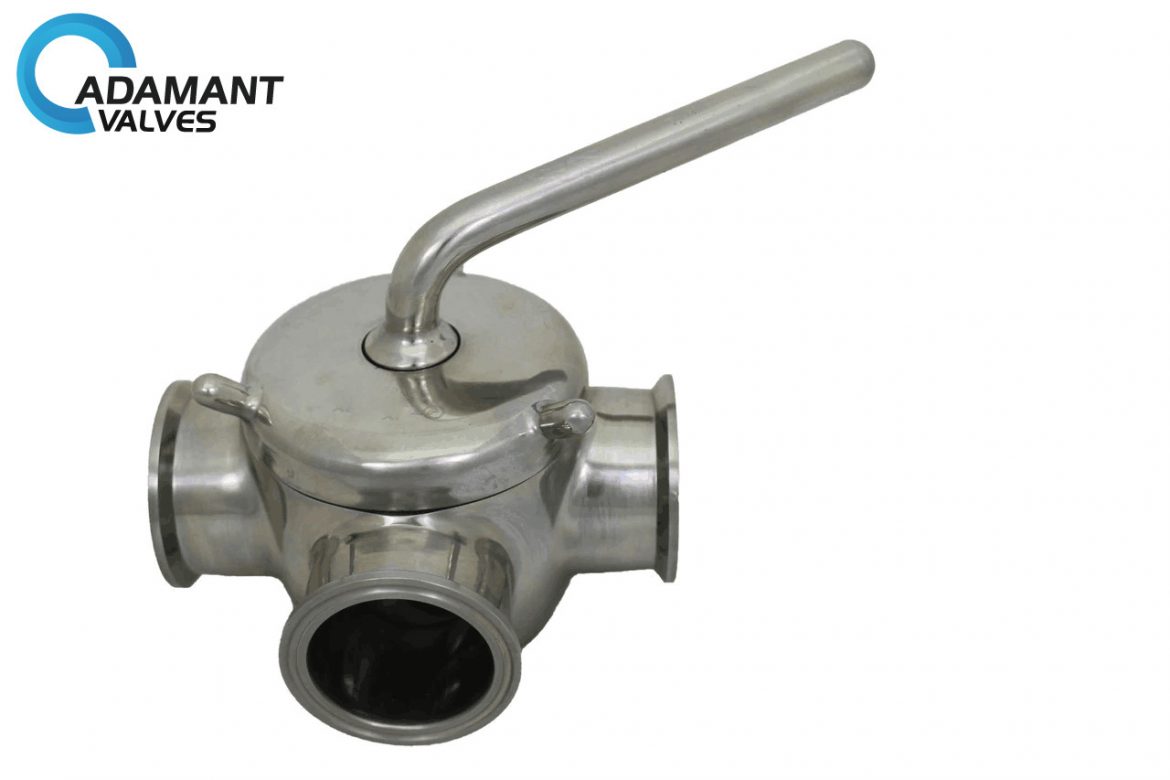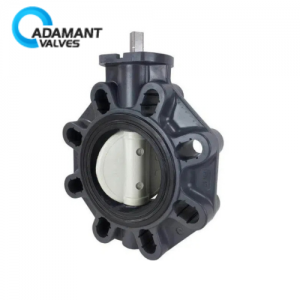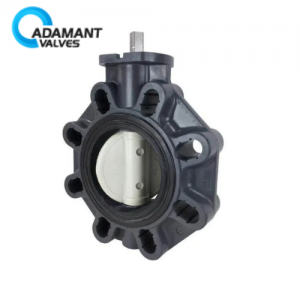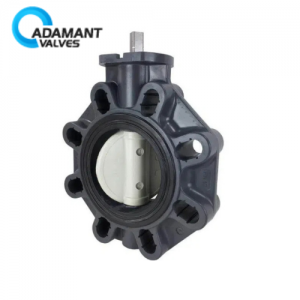Seat Leakage Classifications for Sanitary Valves

When selecting or operating sanitary valves, the seat leakage is a very important consideration that you shouldn’t skip. To have a better understanding of this factor, it’s a must to know some relative terms and definitions:
- Seat Leakage: the quantity of test fluid passing through an assembled valve in the closed position under the test conditions as defined.
- Rated Travel: the valve travel at which the manufacturer’s rating is established.
- Rated Valve Capacity: the quantity of test fluid (air or water) that would pass through the valve at rated travel under the stated pressure conditions as determined by the appropriate equations and manufacturer’s ratings.
- Valve Flow Coefficient (Cv): the amount of 60°F water in US gallons per minute that will flow through a valve with a one pound per square inch pressure drop.
- Balancing Valve: The valve that keeps a fluid distribution system in balance by adjusting the flow rates at different positions (through the component terminal lines, distributing lines and main distributing lines) corresponding to the flow rates specified for the design of the system.
- Metal to Metal Valve: valve with a metal plug and metal seat.
- Soft Seat Valve: either the plug or seat or both are made from some kind of composition material such as Teflon and the like.
Currently, the American Nation Standard has established a document named ANSI/FCI 70-2 2006 (European equivalent standard IEC 60534-4 (International Electrical Commission Standard 60534-4)) defining six seat leakage classes, Class I – Class VI, to aid and guide manufacturers and users of sanitary valves.
Control Valve Leakage Classification – Overview
| Class | Max Leakage Allowable | Test Medium | Test Pressure | Typical Constructions |
| I | x | x | x | By agreement between user and supplier, no test is required |
| II | 0.5% of rated capacity | Air or water at 50 – 125°F (10 – 52°C) |
3-4 bar (45-60 psig)/Max operating dP, whichever is lower | Commercial double-seat; Balanced single-seat with a piston ring seal and metal-to-metal |
| III | 0.1% of rated capacity | As above | As above | As above, but with a higher degree of seat and seal tightness |
| IV | 0.01% of rated capacity | As above | As above | Commercial unbalanced, single-seat; Balanced, single-seat with extra tight piston rings or other sealing means; Metal-to-metal seats |
| V | 5 x 10-4 ml per minute of water per inch of seat diameter per psi differential | Water at 50 – 125°F (10 – 52°C) | Max. service pressure drop across valve plug, not exceeding ANSI body rating | Metal seat, unbalanced single-seat control valves or balanced single-seat designs with extra seat and seal tightness |
| 5 x 10-12 m3 per second of water per mm of seat diameter per bar differential | ||||
| 4.7 standard ml per minute of air per inch of orifice diameter | clean air or Nitrogen gas at 50 – 125°F (10-52°C) | Inlet pressure of test medium shall be 3.5 bar (50 psi) | ||
| 11.1 x 10-6 standard m3 per hour of air per mm of orifice diameter | ||||
| VI | Not to exceed amounts shown in the table below | Air or Nitrogen at 50 – 125°F (10 – 52°C) | Max rated dP across the valve plug/3.5 bar (50 psig), whichever is lower | Single resilient seat with “O” rings or similar gapless seals |
The leakage limit for Class VI
| Port Diameter | Bubbles per Minute | ml per Minute | |
| Inches | mm | ||
| 1 | 25 | 1 | 0.15 |
| 1.5 | 38 | 2 | 0.30 |
| 2 | 51 | 3 | 0.45 |
| 2.5 | 64 | 4 | 0.60 |
| 3 | 76 | 6 | 0.90 |
| 4 | 102 | 11 | 1.70 |
| 6 | 152 | 27 | 4.00 |
| 8 | 203 | 45 | 6.75 |
| 10 | 254 | 63 | 9 |
| 12 | 305 | 81 | 11.5 |




